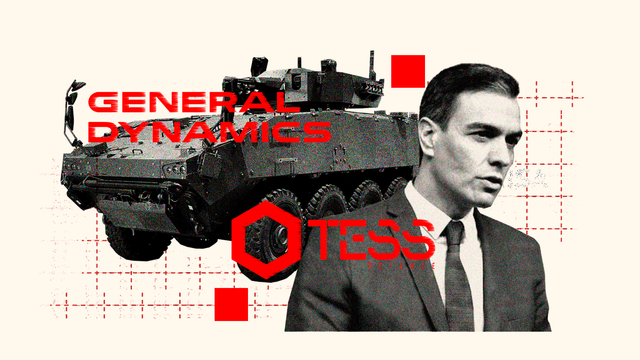#Dynamics
"A kinetic model of jet-corona coupling in accreting black holes"
https://arxiv.org/abs/2504.01062 #Physics.Plasm-Ph #Astro-Ph.He #Dynamics #Cell

"Influence of erythrocyte density on aggregability as a marker of cell age: Dissociation dynamics in extensional flow"
https://arxiv.org/abs/2409.08877 #Physics.Bio-Ph #Mechanical #Dynamics #Cell

Introducing a #framework for within-host #dynamics and #mutations modelling of #H5N1 #influenza infection in #humans, https://etidiohnew.blogspot.com/2025/04/introducing-framework-for-within-host.html
"A soft particle dynamics method based on shape degrees of freedom"
https://arxiv.org/abs/2503.22827 #Physics.Comp-Ph #Dynamics #Cell

"Scalable Superconducting Nanowire Memory Array with Row-Column Addressing"
https://arxiv.org/abs/2503.22897 #Physics.App-Ph #Dynamics #Cell

"Quanta Magazine unravels the 'mystery' of brain fluid flow, because who doesn't love a good brain fluid saga? Spoiler: it's just more fluid #dynamics but with a touch of biological jargon to sound fancy.
"
https://www.quantamagazine.org/the-mysterious-flow-of-fluid-in-the-brain-20250326/ #brainfluid #biologicalresearch #QuantaMagazine #sciencecommunication #fluiddynamics #HackerNews #ngated

El Gobierno #Español rompe con #General #Dynamics y pone en jaque los planes de #Sánchez para crear un #campeón #nacional en #Defensa
https://www.elespanol.com/invertia/empresas/20250329/gobierno-rompe-general-dynamics-pone-jaque-planes-sanchez-crear-campeon-nacional-defensa/934656901_0.html?utm_source=push&utm_medium=social&utm_campaign=firebasepush

"Evolution of robust cell differentiation mechanisms under epigenetic feedback"
https://arxiv.org/abs/2503.20651 #Physics.Bio-Ph #Dynamics #Nlin.Ao #Cell

"On-the-fly Reduced-Order Modeling of the Filter Density Function with Time-Dependent Subspaces"
https://arxiv.org/abs/2503.18271 #Physics.Flu-Dyn #Physics.Comp-Ph #Dynamics #Matrix

"Phase Stability Analysis of Volume-preserving Algorithms for Accurate Single Particle Orbit Simulations in Tokamak Plasmas"
https://arxiv.org/abs/2503.18482 #Physics.Plasm-Ph #Dynamics #Matrix

"Time irreversibility, entropy production and effective temperature are independently regulated in the actin cortex of living cells"
https://arxiv.org/abs/2503.17016 #Physics.Bio-Ph #Cytoskeletal #Dynamics #Actin

"Hydrodynamic Interactions in Particle Suspensions: A Perspective on Stokesian Dynamics"
https://arxiv.org/abs/2503.16083 #Physics.Flu-Dyn #Cond-Mat.Soft #Dynamics #Matrix

"Virtual reality and web browser visualization of high-intensity laser-matter interactions"
https://arxiv.org/abs/2503.14632 #Physics.Plasm-Ph #Dynamics #Cell

"Nanodroplet Dynamics: Coalescence and Impact"
https://arxiv.org/abs/2503.13659 #Physics.Flu-Dyn #Dynamics #Adhesion

"Functional classification of metabolic networks"
https://arxiv.org/abs/2503.14437 #Physics.Bio-Ph #Dynamics #Q-Bio.Mn #Matrix






